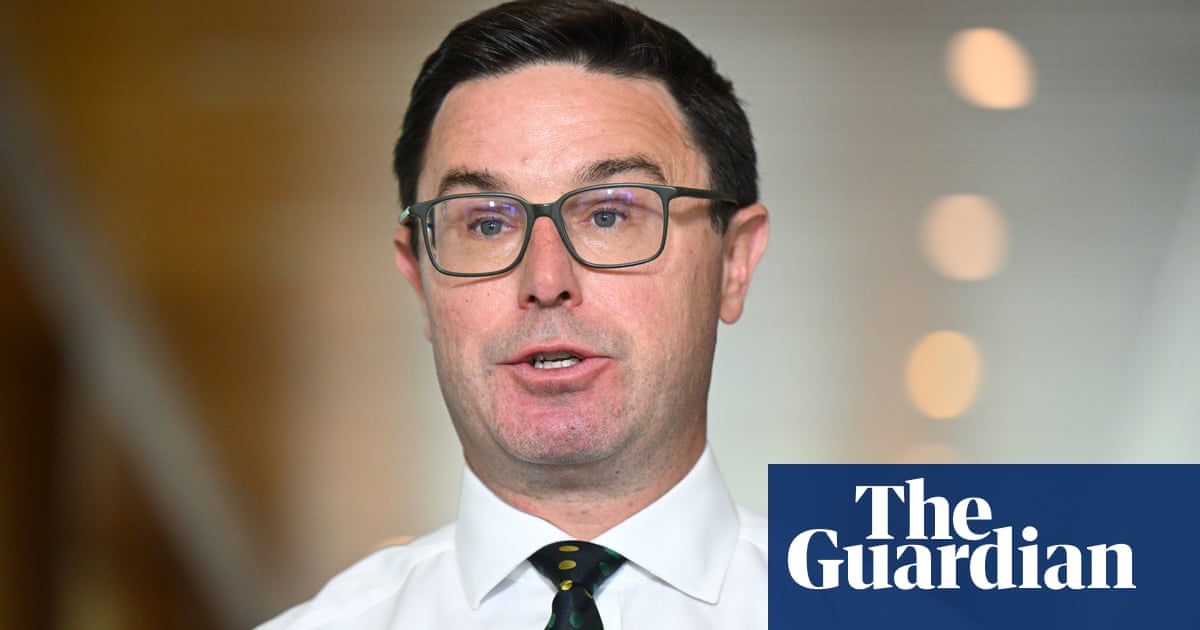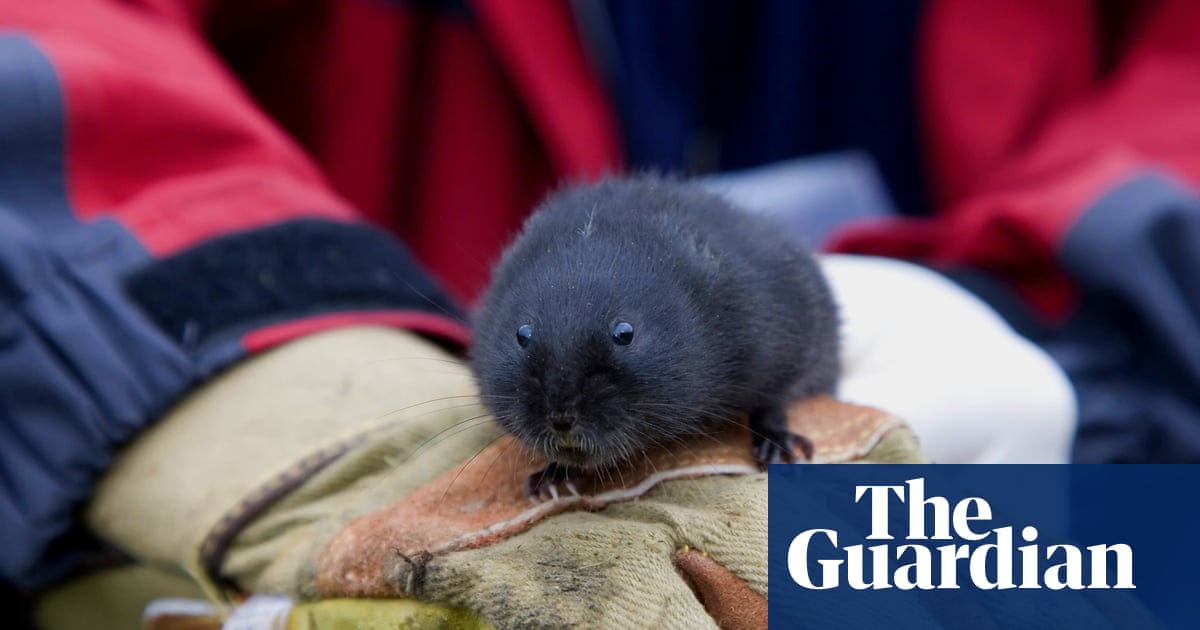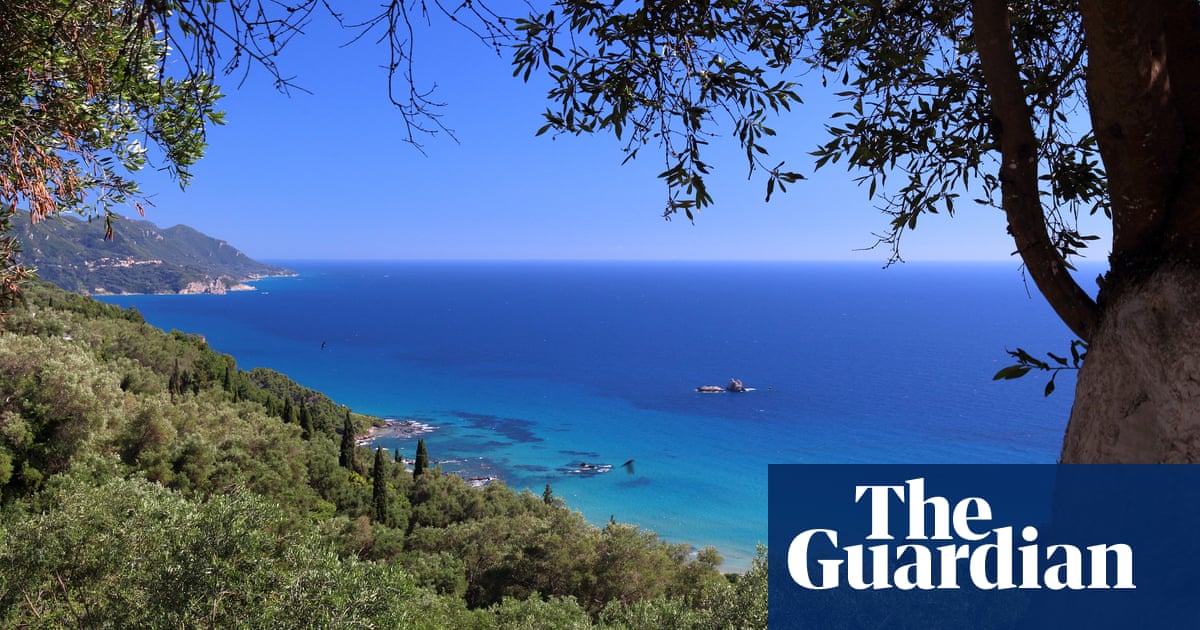When Caitlin Clark was on the receiving end of a hard foul from Angel Reese on Sunday, the sound and fury around the Indiana Fever rookie intensified once again. She has been the focus of a number of controversies lately.
After Clark was left off the USA womenâs basketball Olympic team earlier this month, I raised an eyebrow myself. Sheâs a phenomenal player and athlete and someone who should hold the lionâs share of the credit for the WNBAâs massive increase in popularity. But, as is often the case in sports discourse, multiple things can be true at once. Clark is also an inexperienced rookie, who, aside from a few standout performances (including Sundayâs win over the Chicago Sky), has had a rocky start to her WNBA career â she leads the league in turnovers per game. And when it comes to adding her to the Olympic roster, the US selection committee would have had to alter the roles of skilled guards like Diana Taurasi and Sabrina Ionescu.
Sure, some level of head-scratching was justified. But when you look at the full picture, itâs clear why Clark was left off the Olympic roster, and any further uproar about the situation is a waste of breath. Unfortunately though, we live in a political culture that loves to waste breath.
Politicians, pundits, and fans from across the right decried the decision. Former South Carolina governor Nikki Haley took to X, as did the official account for the House Judiciary GOP, further inflaming a conversation around Clark that was already chaotic. ESPNâs Pat McAfee even invoked Clarkâs race when he argued that she deserved more credit than the rest of the WNBAâs (mostly Black) rookie class for helping to popularize the sport. âNah, just call it for what it is â thereâs one white bitch for the Indiana team who is a superstar,â he said (and later apologized saying in that manner). McAfee was countering some who argued that Clarkâs whiteness makes her a little more marketable than her equally talented Black peers.
And thatâs not the first time race contributed to a fraught dialogue around Clark. The optics of her mostly white Iowa team facing off against Reeseâs mostly Black LSU team in the 2024 Womenâs NCAA basketball tournament lit a fire of racial allegiances, even prompting then-LSU star Hailey Van Lith (who is white) to speak out. âIn my opinion, I know for a fact that people see us differently because we do have a lot of Black women on our team who have an attitude and like to talk trash and people feel a way about it,â said Van Lith.
But the striking thing about the strife around Caitlin Clark is that she has done nothing to provoke the controversy herself. An inherently uncontroversial figure, Clark is the personification of far-right pundit Laura Ingrahamâs infamous âshut up and dribbleâ sentiment, which echoes a long-standing belief on the right that athletes â or the ones they disagree with anyway â should leave politics out of sports. And yet, it is those very same people who are attempting to draw Clark away from neutrality. Indiana congressman Jim Banks, for example, sent a letter to WNBA commissioner Cathy Engelbert asking her to discipline Chicago Sky guard Chennedy Carter for knocking Clark down during a game earlier this month. Like Reeseâs hit on Sunday, it was a hard foul, but the idea that it needed to be escalated by an elected official is just as ridiculous as when Louisiana governor Jeff Landry proposed stripping the scholarships of LSU womenâs basketball players who were not present during the national anthem at the start of one of their games. As LSU coach Kim Mulkey explained, the players only happened to miss the anthem because of a pre-game routine, but no explanation will ever be good enough for conservatives who weaponize innocuous events to make a name for themselves. Republicans are experts at opposition because itâs kind of the point of their party: to conserve or even regress on the issues that matter most to Americans. Without a sense of progress, they have resorted to self-serving stances that are increasingly desperate.
Clark appears to want to do little more than win basketball games, but she remains in the eye of the kind of political hurricane weâve seen with activism-driven athletes like Megan Rapinoe and Colin Kaepernick. When those two kneeled during the national anthem to protest against social injustice, for example, the storm that followed was expected, even if it was unwarranted.
Clark, on the other hand, has inspired waves of bombast without actually offering much in the way of political or social opinions. She responded to being left off the Olympic roster the way any self-respecting athlete would, by essentially saying that sheâd been underestimated, and expressing excitement about the prospect of making it on to the 2028 squad. And after taking a non-stance on people who have used her name to denigrate other WNBA players in racist, misogynistic, and homophobic ways, she came around later that day to speak out about the charged discourse. âPeople should not be using my name to push those agendas. Itâs disappointing. Itâs not acceptable,â she told reporters.
after newsletter promotion
Itâs clear that Clark wants nothing to do with anything outside of scoring a bucket. And while that is an understandable position for a 22-year-old who suddenly finds herself one of the most famous people in America, she will hopefully learn over time how to be a more conscious role model, by understanding the power she wields as a superstar athlete. But the fact that she has been at the center of so many conservative talking points speaks to a political environment on the right that is willing to make anything and everything into an issue.
Gone are the days where such controversies were born out of actual controversy. Clark lives in a country whose conservative party has simply moved on from good faith and open-mindedness. Today, political divisiveness is spread not just by media content that is incentivized to bait its audience, but also by a former President and Republican politicians who employ discord as a means to posture to their constituents and potential voters. But whatever they have to say about Clark should be taken as seriously as their takes on the Feverâs perimeter defense.









